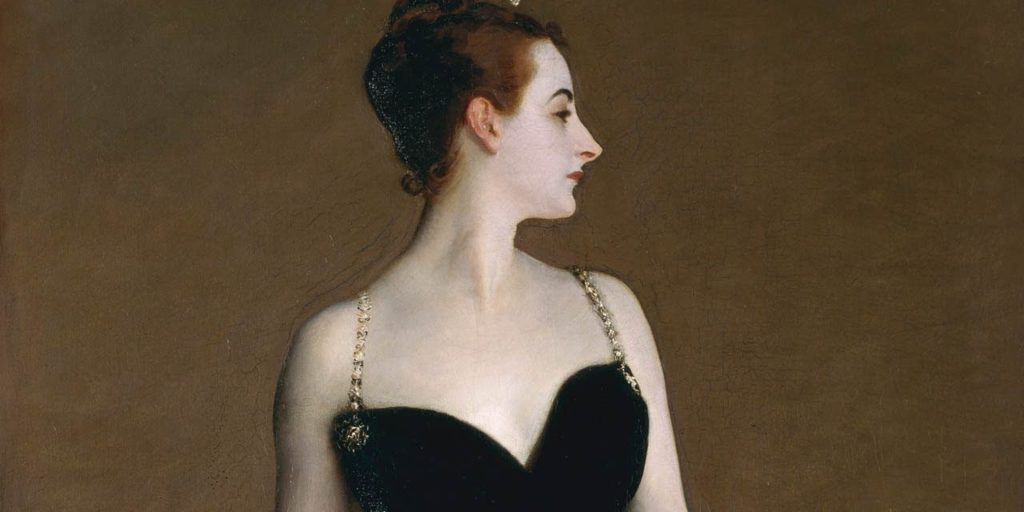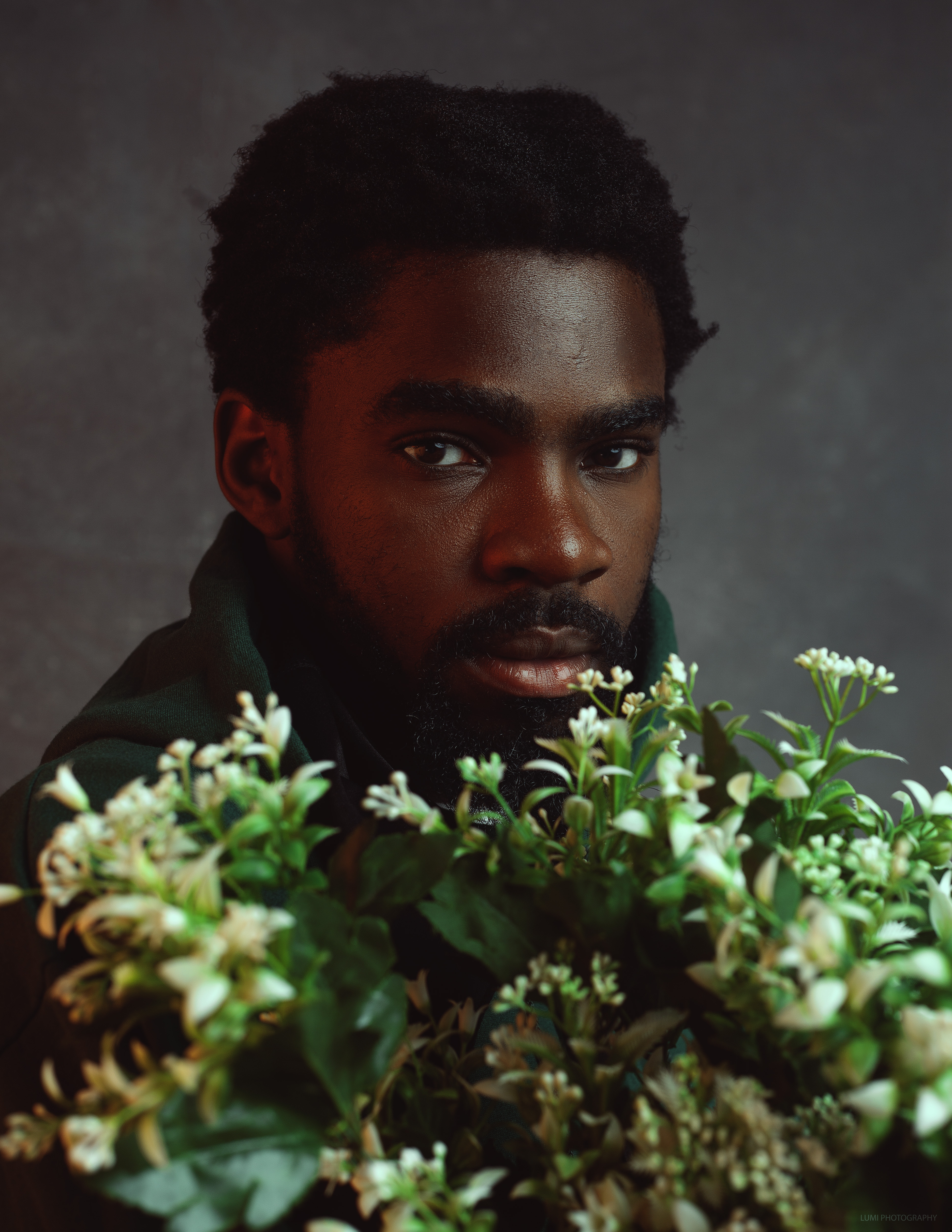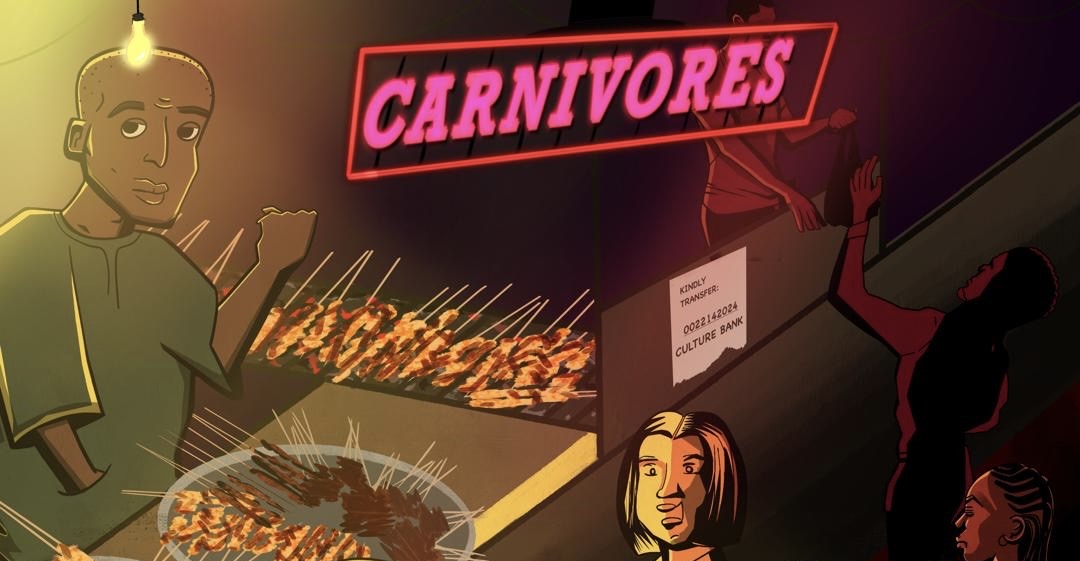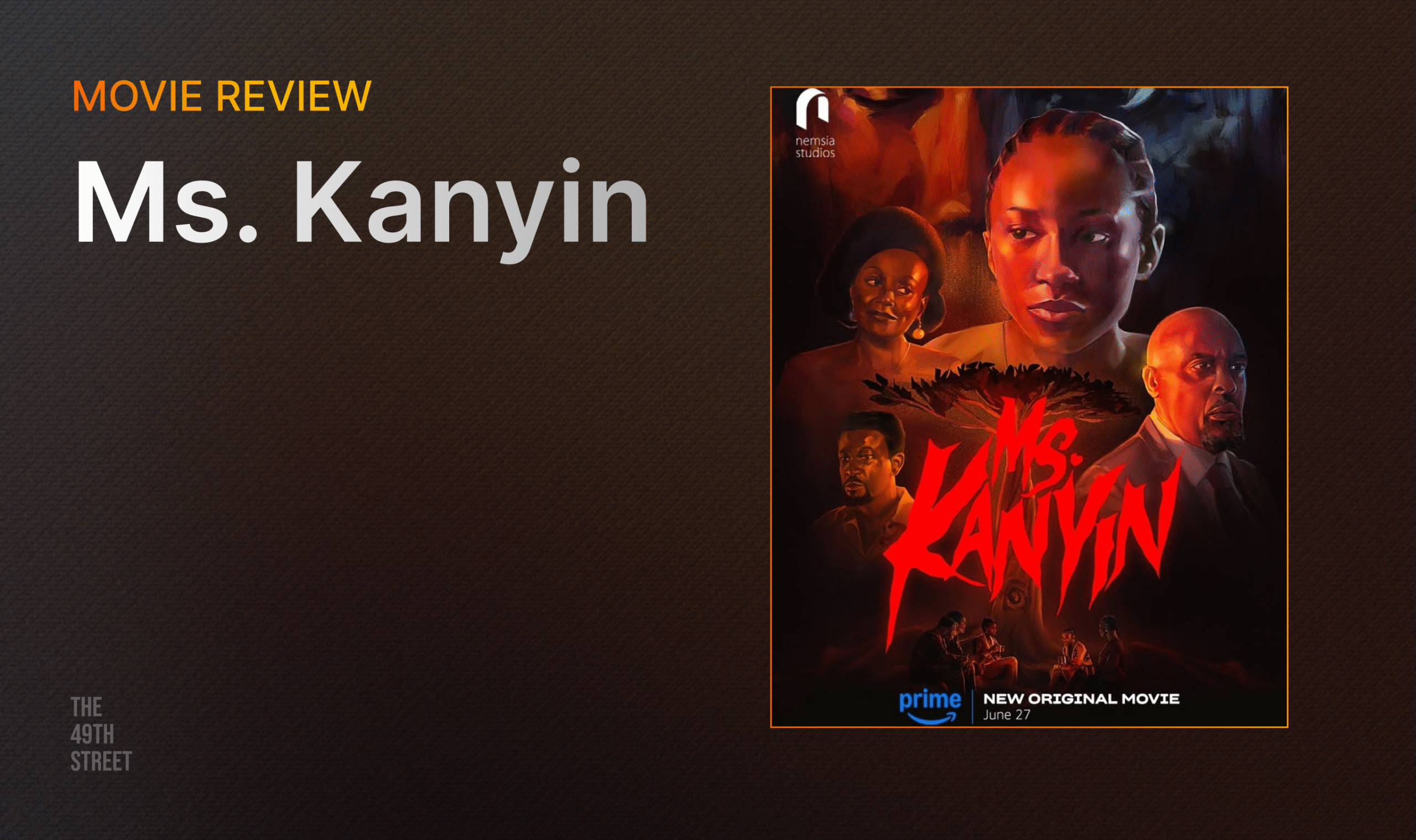by Cynthia Nnadi.
Creating portrait paintings of live models was a common technique in earlier centuries. These live models were commonly termed subjects or sitters, observed by the artist and recreated on canvas. Artists often encountered challenges in transferring real-life images of their models to a flat surface, and it took a great deal of time. For example, French Portraitist, John Singer Sargent’s 1884 controversial painting of the model, Madame Virginie Gautreau (named Madame X to conceal her identity following controversy) reached completion in approximately two years.
In addition to time constraints, the modern photographic camera known in recent times hadn’t been invented. To simplify the process of creating art, Leonardo da Vinci, in 1545, described a pinhole camera model, Camera Obscura, that produced inverted images of subjects using principles of light. These images allowed painters to have a closer observation of the scene and the subject. With the evolution of photography, painting as an art has gotten even more interesting and surpassed its earlier limits.
Some popular historic paintings that depict the use of human subjects as models include The Art of Painting, a seventeenth-century self-portrait by Dutch painter, Johannes Verneer; Whistler’s Mother by James Abbott McNeil Whistle of his mother Anna McNeil in 1871; and American Gothic by Grant Wood, a portrait painting of his younger sister, Nan Wood Graham, and a dentist, Dr Byron Mckceby, backdropped by a nineteenth-century medieval home in Eldon, Iowa.

It is 2022, and Nigerian Portraitist, Francis Jide, attempts to portray this historic style using modern techniques and an original concept in his genesis art collection, The Adventures of Timi Ajala.
Francis Babajide Akinnawo is a contemporary Nigerian artist and pharmacist, who dabbles in portraiture, performance painting, pencil hyperrealism and experimental art, an indigene of Ondo state. He explores the world by creating art from his home-based studio in Akute, Ogun state, a quiet, high-fenced and isolated family residence that affords him comfort and serenity to create. Francis began creating art about seven years ago during his college days, beginning with pencil hyperrealism, and venturing into painting much later. Post-college, he has placed a self-imposed hiatus on his medical career to focus on growing his art.

Following this decision, laudable accomplishments rewarded his resilience, consistency and determination. He has produced over a hundred commission works ever since, as well as viral performance paintings and personal masterpieces, including The Beholder’s Eye, shortlisted for the Goge Africa Prize in 2018 and sold to a buyer for an undisclosed fee; Curfew, 20-10-20, a controversial drawing representing a historic revolution in Nigeria, also sold after he received an attractive offer for it. In the last quarter of 2021, he hosted his debut exhibition, Essence: Exploring Self, Society and Humanity, displaying sensational pieces that explore individuality and the influence of society on the individual, tapping into central human emotions, common interests and collective grief, and also making vivid political statements around Nigeria’s past, present and future.
Going forward, Francis Jide seeks to expand his craft using digital avenues, which prompts him to make his genesis collection, The Adventures of Timi Ajala, available as Non-Fungible Tokens (NFTs).
The Adventures of Timi Ajala consists of seven hand-painted artworks that follow Ajala’s journey through the seven continents, expressed through acrylic painting on white primed canvas with mixed media, completed in approximately three months (Dec 2021 to March 2022). Ajala is a ground squirrel from Lagos, Nigeria, whose biggest dream has always been to set foot on all the continents of the world. He loves to eat watermelon and walnut and often wonders if the walnuts and watermelons in other countries taste different, as well as what other cuisines are there to explore. Having been born with a peculiar eye condition, heterochromia (the presence of different coloured eyes in the same person), he’s learning to accept his uniqueness and hopes to find a squirrel like him on one of his travels.
Francis is known for his “Medicine in Art” projects, through which he merges medical concepts with art, with the aim of creating awareness, especially to promote self-acceptance and positive self-image. Two of such projects include “Emmanuella”, a hyperrealism drawing of a young girl who suffered 4th-degree burns in a fire that deformed her face, skin and many of her extremities; and “Amaka”, an artwork that creates a discourse on the natural origin of birthmarks and encourages people to find beauty in them (more information on francisjide.com). Similarly, Timi Ajala, with his blue (left) and brown (right) eyes represents the less than one per cent of the world population that also have heterochromia.
Each painting in The Adventures of Timi Ajala is an original image created by the combination of several elements and concepts, featuring a variety of themes including culture, identity and tourism. In every continent, Ajala appreciates the lifestyle of the people and is shown representing their familiar norms in his appearance. He is complemented by a rich backdrop featuring an array of destinations he visited on each continent, like South America’s Christ the Redeemer; Asia’s Forbidden City; Atlas Mountains in Morocco, Africa; Australia’s Sydney Opera House; One World Trade Centre in New York City, North America; Antarctica’s Snow Hill Island; and Europe’s Eiffel Tower.
‘What’s most interesting about this artwork to me,’ Francis Jide says, ‘is the fact that I imagined myself touring the world with Timi Ajala, just like old times, like historic artists would be present at the scene with their models and paint them live. I really wanted to recreate that in my own way.’ As earlier mentioned, Francis Jide attempts to replicate the use of sitters in portraiture, letting his mind take him around the world with Timi Ajala, and creating that moment in a vivid, realistic and immersive style. He expresses his love for travel from a place of deep gratitude and yearning, saying, ‘I will always be grateful for my art, and especially my decision to start painting. My paintbrush has opened new worlds to me and taken me to places I’ve never set foot on, but hopefully, I will someday. Creating this project was a mind-opening experience and it’s very personal to me because I’ve never travelled out of Nigeria before, and this collection blessed me with an experience of what it’s like. What the world looks like out there. It’s also important to me that Timi is not just African, but Nigerian as well. I believe representation is very important, especially at this time. A Nigerian squirrel doing something groundbreaking and living his best life? Sounds beautiful to me.’

Francis Jide explains that ‘Timi Ajala exists. That’s why I didn’t just leave him unnamed as a random squirrel. I named him because I believe he has an identity, a story and a life of his own. I learnt a lot about Timi from how long I had to stare at him while painting. It’s kinda creepy even because he feels so real to me.’ In the era when using sitters was predominant, it was common practice for the sitter’s identity to be unknown, to create a sense of mystery. Johannes Vermeer’s oil on canvas painting, Girl with a Pearl Earring, was one of such works, with the identity of the European model long vague until named Clio in 1949, despite the painting dating as far back as 1665. However, Kelly Richman-Abdou in an article for My Modern Met titled Famous Paintings and the Real-life People in Them, says, ‘learning more about the paintings’ subjects can help us see these familiar and famous portraits in a new light.’ Francis Jide agrees with this thought, and thus believes his model should be named.
When asked about the process of creating his collection, Francis Jide laughs heartily and says, ‘I think every artist knows the feeling of emptying oneself on a canvas. I felt empty at the end. I felt like I had poured my soul into it and had nothing left to give, but I knew very well that soon enough I will be filled with inspiration for something new. Some days I wanted everything to just end. To fling my canvas or something. The anxiety was going to be the end of me. And I almost always felt, what the hell am I even doing? Some days I felt I was telling a great story, other days I felt I was wasting my time and nobody would care about this thing I had going. But I kept going regardless. Knowing one day I’ll complete all seven pieces and be able to share my art with whoever cared to partake. It kept me sane. Now, I can only hope my collection finds a new befitting home. Regardless of how things unfold, I will always have a home for it in my heart.’
The Adventures of Timi Ajala is now available on OpenSea (@francisjide), with Timi Ajala in Asia being the floor opener, at a starting auction price of 1.99 ETH. All seven pieces will be auctioned at two-day intervals. Visit Francisjide.com to learn more about the auction schedule and the 4X Collector Package.
For all other enquiries, send an email to [email protected]. You can connect with Francis Jide on any of his social media. (Instagram: Francisjide; Twitter: Francisjide_; TikTok: Francisjide).
Link to The Adventures of Timi Ajala on OpenSea:





